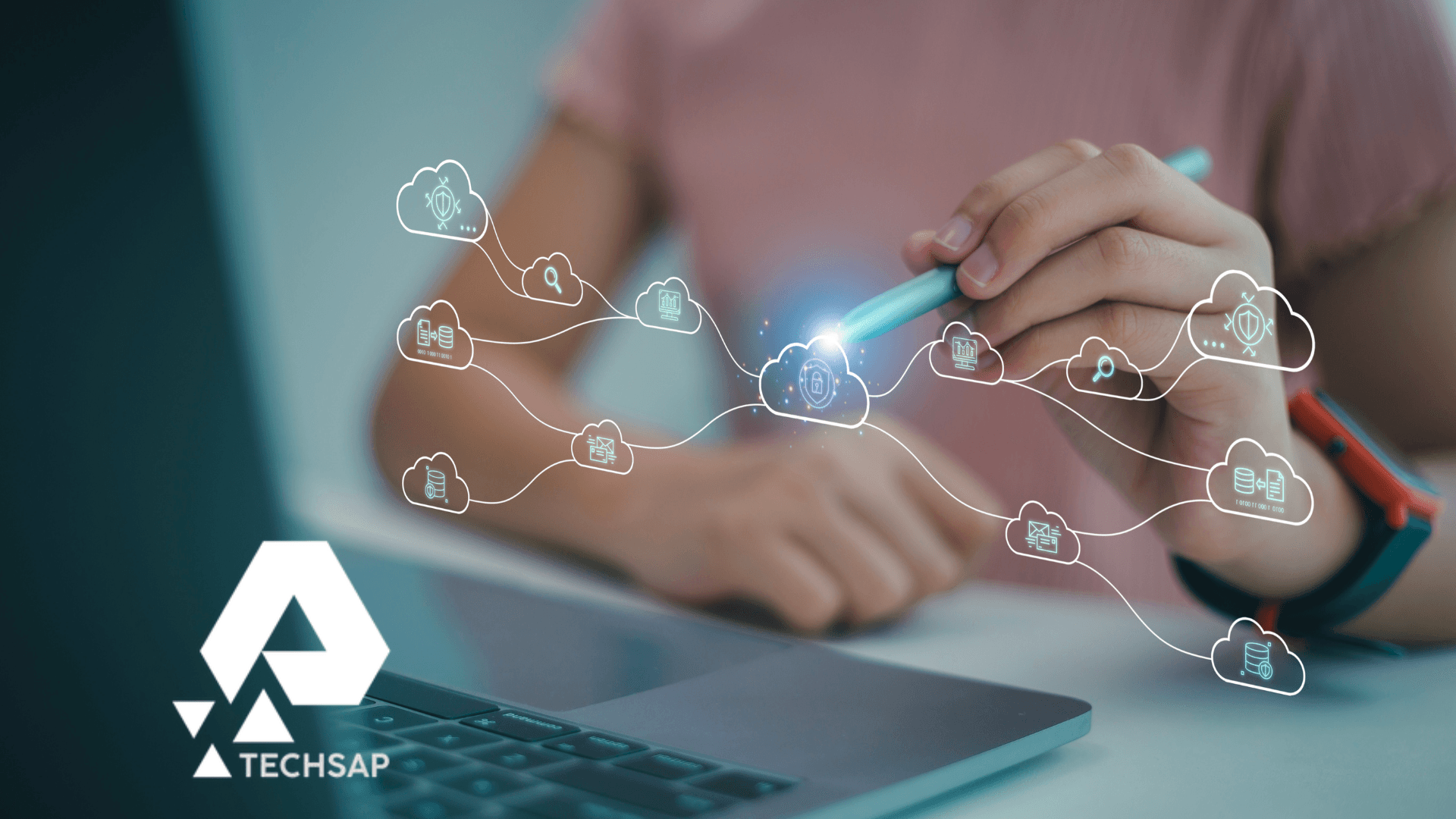
SAP On-Premise Model
SAP On-Premise Model
The SAP On-Premise Model involves installing and running SAP software on the organization's own servers and infrastructure. This traditional deployment model gives businesses full control over their SAP environment, including hardware, software, and data. It is often chosen by organizations that require high levels of customization, control, and security.
Key Features
Full Control
- Organizations have complete control over the SAP system, including hardware, software, and data.
- Customization of SAP modules to meet specific business needs is easier.
Data Security
- Sensitive data remains within the organization's infrastructure, reducing exposure to external threats.
- Ideal for industries with strict data privacy and compliance requirements (e.g., healthcare, finance).
High Upfront Costs
- Requires significant investment in hardware, software licenses, and IT infrastructure.
- Costs include servers, storage, networking, and data center facilities.
IT Resource Intensive
- Requires a dedicated IT team to manage, maintain, and upgrade the SAP system.
- Organizations must handle backups, disaster recovery, and system monitoring.
Long Implementation Time
- Implementation can take months or even years, depending on the complexity of the project.
- Involves extensive planning, customization, and testing.
Scalability Challenges
- Scaling up requires additional hardware and resources, which can be time-consuming and costly.
- Limited flexibility compared to cloud-based models.
Customization
- Highly customizable to fit unique business processes and requirements.
- Supports deep integration with legacy systems and third-party applications.
Best For
Large Enterprises
- Organizations with the financial resources and IT expertise to manage on-premise infrastructure.
- Companies with complex business processes that require extensive customization.
Industries with Strict Compliance Requirements
- Industries like healthcare, finance, and government that must adhere to strict data privacy and security regulations.
- Organizations that cannot risk storing sensitive data in the cloud.
Organizations with Legacy Systems
- Businesses with existing on-premise infrastructure and legacy systems that need to integrate with SAP.
- Companies that prefer to maintain control over their IT environment.
High-Performance Needs
- Organizations that require high-performance computing and low-latency access to their SAP systems.
- Businesses with predictable workloads that do not require frequent scaling.
Long-Term Investment
- Organizations willing to make a long-term investment in their IT infrastructure.
- Companies that prefer a CapEx (capital expenditure) model over OpEx (operational expenditure).
Benefits
Control
Full control over the SAP environment, including security, updates, and customization.
Security
Data remains on-premise, reducing the risk of breaches or unauthorized access.
Customization
Ability to tailor SAP systems to meet specific business needs.
Performance
High performance and low latency for critical business operations.
Examples
SAP ECC (ERP Central Component)
The traditional ERP system used by many large enterprises.
SAP S/4HANA (On-Premise)
The next-generation ERP suite, available for on-premise deployment.
SAP Business Suite
A collection of enterprise applications for large organizations.
Let's Elevate Your Business Together
Partner with TechSAP and take your business to new heights with SAP solutions tailored to your needs.